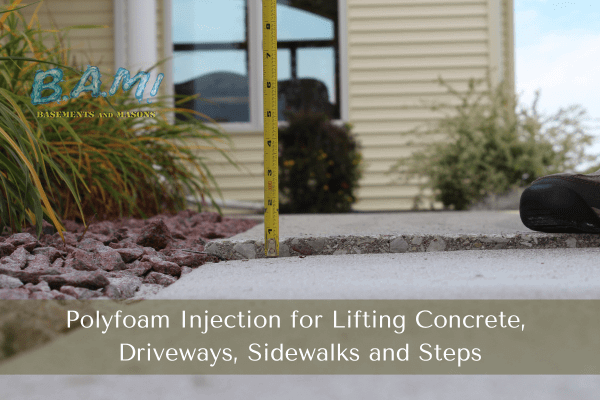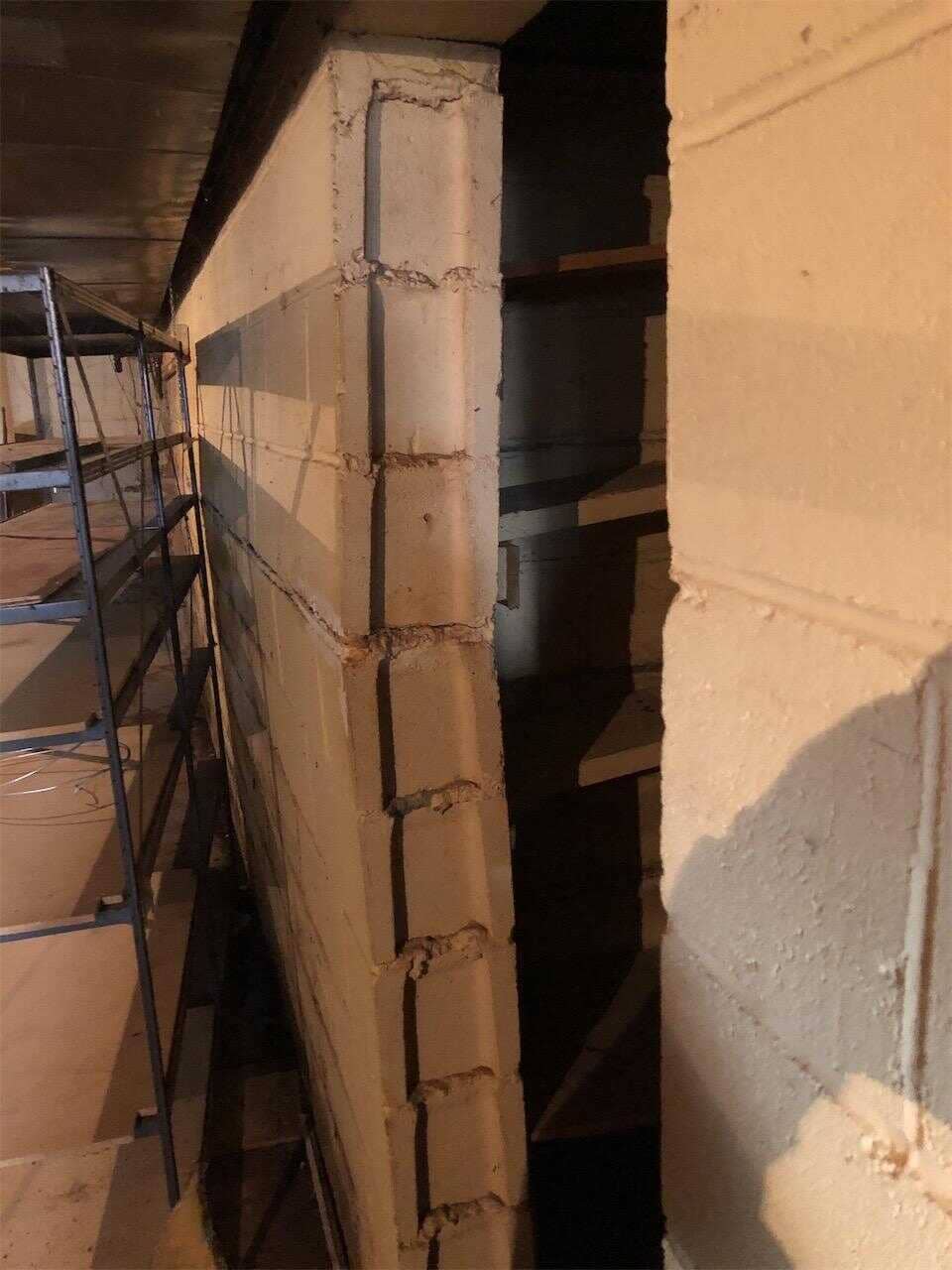The smart Trick of Best Basement Waterproofing That Nobody is Discussing
The smart Trick of Best Basement Waterproofing That Nobody is Discussing
Blog Article
The Main Principles Of Best Basement Waterproofing
Table of ContentsUnknown Facts About Best Basement WaterproofingBest Basement Waterproofing Can Be Fun For EveryoneBest Basement Waterproofing Things To Know Before You BuyBest Basement Waterproofing Things To Know Before You BuyThe Ultimate Guide To Best Basement Waterproofing
uses excavation methods towards the base of the structure's foundation. includes eliminating dampness after it has actually entered the basement. AdvantaClean's qualified experts and technicians will find the water resource. If wall surface or piece cracks exist, we will certainly infuse polyurethane and epoxies right into the cracks and seal the concession, preventing additional dampness from getting in.
If there's condensation on the outside of the aluminum foil, you have high humidity in your cellar. If the foil has condensation on the inside surface area (next to the wall surface), the soil around your residence may be normally damp from a high water table or poor dirt drainage.
You can waterproof simply your interior walls, which might fix the problem. Once they dry, they adhere permanently to concrete and stonework wall surfaces.
The 15-Second Trick For Best Basement Waterproofing
Swirl the brush at the last of application to provide the wall surface an appealing, ended up look. Concrete water-proof finishings can not be related to previously repainted surfaces; examine the label. A 5-gallon pail expenses regarding $60. Likewise called densifiers, they are ideal only for walls that have not been painted or secured.
But you brush, roll, or spray it on a lot more thickly one gallon covers just 75 square feet, not the 300 square feet typical with basic paint. Waterproof paint is great for do it yourself application. You can apply it over painted surface areas, and paint over it once it's treated (one gallon costs $37).
It can cost $10,000 to $15,000, relying on the work required. Outside waterproofing involves digging deep into throughout the home to the complete depth of the structure walls, after that mounting a water resistant covering or membrane layer topped by water drainage panels. The panels provide a simple course for water to flow down to an exterior French drainpipe at the end of your foundation.
A basement without waterproofing is kind of like that. Your basement does not want to go with a rainstorm without correct security simply as much as you don't desire to.
Get This Report on Best Basement Waterproofing
Yet if you've done your research, you 'd understand there are 2 sorts of waterproofing: inside and linked here outside. It can get confusing what they both mean, which one's a better investment, and what will really keep the water out. Don't worry, we put together this blog to easily specify both approaches for you and talk about the advantages and disadvantages of each.
Exterior waterproofing is a waterproofing method that involves securing your home from the outside. The foundation wall surfaces are after that cleaned, sealed, and covered with a water-proof membrane layer or sealant.

9 Simple Techniques For Best Basement Waterproofing
It's a much more engaged procedure that requires digging up your lawn, which is costly and taxing. Outside waterproofing involves removing whatever surrounding the home, consisting of verandas, driveways, sidewalks, landscape design, AC units, decks, and so forth. If any of the work was done inaccurately and water is still entering your cellar, there isn't much you can do to correct or repair it.
Interior basement waterproofing involves waterproofing from the inside. Any type of water that leaks into your basement is redirected before it touches your flooring.
It's an efficient method to water-proof your cellar - Best Basement Waterproofing. The drawback of interior cellar waterproofing mainly has to do with the setup procedure. This technique calls for stored items, furnishings, and built-in shelving or cupboards to be relocated from touching the cellar walls. And during installation, you can try this out your cellar can not be used. The greatest distinction between the two methods is this: Exterior waterproofing is a preventative option and interior waterproofing is a corrective remedy.
The Definitive Guide to Best Basement Waterproofing
In final thought, exterior and interior cellar waterproofing are both effective methods of protecting your home from water damages. Outside waterproofing creates an obstacle that stops water from entering your home, while indoor waterproofing reroutes water that does enter your home. And it is essential to note that exterior waterproofing is a costly and turbulent installment procedure when contrasted to interior waterproofing.
Whichever method you select, see to it you choose a dependable and credible contractor for the job. Both approaches require skilled employees to take care of the job. If you have any questions concerning basement waterproofing, please reach out to us. And if you're in our service location and have water visit this web-site in your basement, call us for a totally free, no-obligation home evaluation.
You can fill in our type here, begin a conversation in the lower right-hand edge, or call us at 1-800-827-0702.
Report this page